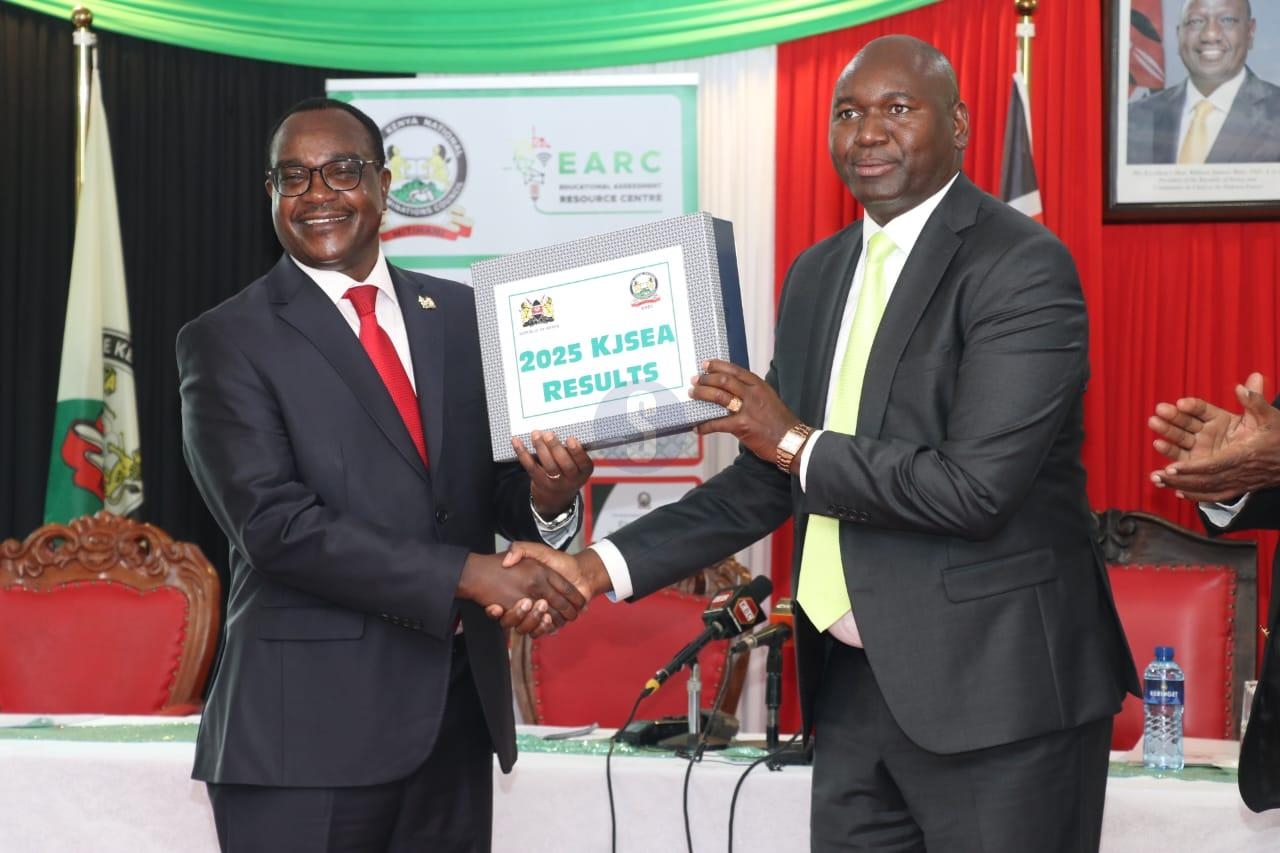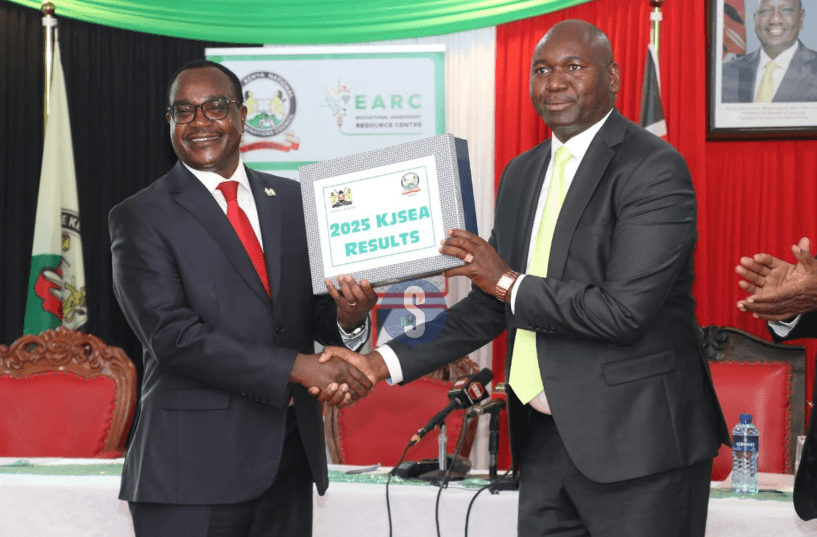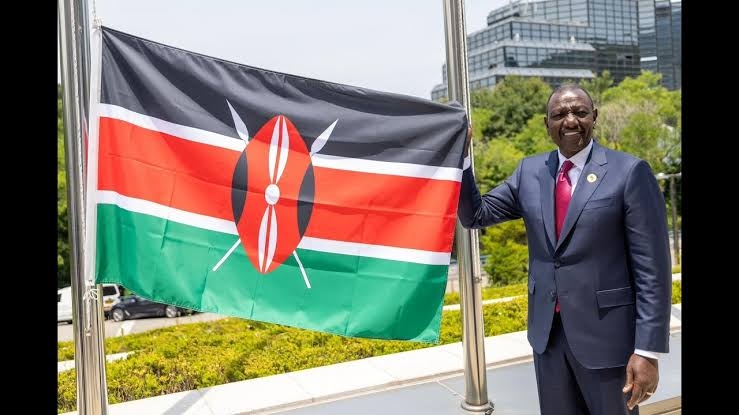The weatherman has predicted drastically reduced rainfall toward next week.
The drier weather may salvage vegetables still on the farm, helping bring down the cost at the market.
Many farmers say most of their sukuma wiki, spinach, cabbages, tomatoes and onions were destroyed by the rains in April and earlier this month.
Vegetable prices have since tripled from the cost in early April.
Extreme cases of flooding can submerge crops in water, resulting in loss.
Experts say persistently saturated soil hurts roots ability to absorb nutrients and root loss can occur.
Vegetables are heavy nitrogen feeders yet heavy rains also leach nutrients, especially nitrogen, from the soil.
Meteorological Services deputy director Charles Mugah said only a few areas will receive rain going to next week.
“Rainfall is expected over a few areas in the highlands east and west of the Rift Valley, the Lake Victoria Basin and the Rift Valley,” he said in a forecast that ends on Monday.
He said the counties that could receive some showers over a few places are Siaya, Kisumu, Homa Bay, Migori, Kisii, Nyamira, Trans Nzoia, Baringo, Uasin Gishu, Elgeyo Marakwet, Nandi, Nakuru, Narok, Kericho, Bomet, Kakamega, Vihiga, Bungoma, Busia and West Pokot.
Highlands east of the Rift Valley, including Nairobi, Nyandarua, Laikipia, Nyeri, Kirinyaga, Murang'a, Kiambu, Meru, Embu and Tharaka Nithi, will mostly remain cloudy.
The rest of the country will mainly be dry.
However, effects of the recent flooding are still prevalent and ongoing in many counties.
The Kenya Red Cross Society on Sunday said more than 10,200 households have been affected by the flood disaster in Tana River county.
Head of operations Venant Ndinghila said 43 counties have been significantly affected, with Tana River being the worst hit.
He led a delegation that was accompanied by International Federation of Red Cross president Kate Forbes in a tour of the Tana Delta.
Ndinghila said some villages in the area are completely submerged and the situation is expected to worsen if the rains continue.
“We are still on in the floods response operation. We still have Kenya Red Cross teams out there responding to the needs of the affected population,” he said.
While they were initially conducting emergency response, Ndinghila said the humanitarian organisation is now focused on addressing secondary needs to reduce disease outbreaks by ensuring victims have clean water.
There is also an increased need for various forms of relief as those living in camps are unable to access their homes. Most victims were farmers and lost everything as their crops were destroyed before maturity.
“Needs around food are consistently required and they require support. We are making sure they get their nutrition needs,” Ndinghila said.
The long stay at camps has forced the Red Cross to stretch its support to accommodate more than 50,000 households, he said, up from the 30,000 the organisation had planned for.
The IFRC president came face-to-face with the challenges volunteers and travellers faced while going to or from Lamu.
The road was cut off at Gamba along the Garsen-Lamu highway. Passengers are forced to alight at Gamba, board a boat, then switch to another vehicle, making the journey very expensive.
Forbes rode a boat to Bandi village, which was completely submerged, and families are now living at an IDP camp at Bandi roadblock.
She also visited camps in Minjila and Danisa and held talks with women who are most affected by calamities.
The IFRC president said her visit to Kenya was to assess the impact of climate change and how the crisis has affected the world.
She hailed the Kenya Red Cross Society for the work they are doing, including providing shelter, safe water, food, transportation and a safe place for victims.
Those affected asked the government to compensate them for the loss caused by the floods and the massive destruction to their property.














